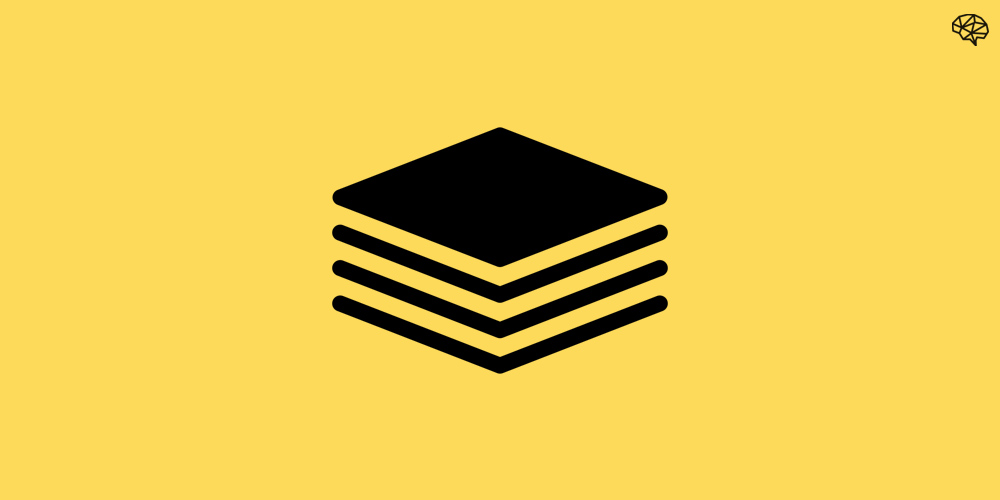Multi-tasking has gotten a bad rap.
Yes, we’re all aware of the pitfalls of multi-tasking. Since we can’t actually focus on multiple things at once, our brain 🧠 is constantly switching from one activity to another and losing a tremendous amount of efficiency in the process.
But even still, we can’t fully get away from multi-tasking. There’s simply too much to get done, especially if you’re a founder with a profitable business to grow and team to run.
Today I want to share the concept of smart multi-tasking. The truth is, most multi-tasking is inefficient. But there are scenarios where you can stack activities in a manner that lets you get more done in less time. After all, you’re breathing right now while you’re reading this (I hope). Thanks btw 🙂.
There is a very simple kind of multi-tasking that can help you get more done without overtaxing your systems. I call it high-low activity stacking and I want to quickly show you how it works.
What is High-Low Activity Stacking?
Perhaps this is way too simple to have a name, but I’m slapping a label on it anyway because I don’t feel we put enough thought into it.
High-low activity stacking is when you strategically pair high focus activities with low focus activities so you can do them at the same time (without all the context switching). Here are some examples:
High focus activities:
Low focus activities:
- Walking
- Driving
- Chores (dishes, laundry, yard work, etc.)
Note: any activity that requires your full attention is a high focus activity while any activity that you requires partial focus or that you can do in a mindless state is a low focus activity.
The goal is to strategically pair your high focus activities with your low focus activities to find the combinations that can save you time.
Here are some that work well for me:
- Walking / running / driving / gym / yard work + listening to podcasts & audiobooks
- Walking / driving + meetings / calls
- Eating lunch + course work / reading
- Waiting (lineups, waiting rooms) + reading saved articles / newsletters
- Walking + practicing my Spanish lessons (sometimes)
I’m sure there are other combinations you can come up with. For me, my most effective combinations involve moving and listening. For you it may be something else.
Be aware: high-low activity stacking doesn’t work if you try to pair two high focus activities or even a high focus & medium focus activity. That’s where context switching takes place. I can’t do deep work while listening to a podcast.
Rule of thumb: your low focus activity should not degrade your ability to execute the high focus activity.
For example, high-low activity stacking is what allows me to get a lot of my ‘reading’ done throughout the year. Instead of having to dedicate a set time in my calendar to sit down and read a book (as much as I do enjoy that), I swapped to audiobooks and identified some low focus activities I can stack my “reading” on top of.
This is the power of activity stacking. It allows you to squeeze a little bit more out of the periods of your day where you’ve got brain power available to utilize.
The Downside of Activity Stacking
There are some things with activity stacking you should be keenly aware of.
Once you see the effectiveness of smart multi-tasking, you’ll very likely try to optimize every ‘down’ period of your life by looking to squeeze an activity wherever possible. You’ll always be looking for another activity to stack.
At some point, you have to set boundaries for yourself. Not every low focus period should have something stacked on top of it. Some low focus periods should just stay low focus.
For me, it means I don’t activity stack when it comes to family and friends. If I’m spending time with my wife, I focus on being with her. If I’m playing with my kids, I put all my focus on them (or do my best to, at least).
I’m also very careful not to break the rule of thumb I shared earlier. If there’s an important activity that requires all my attention, I’m not going to pair it with a low focus activity because it will degrade my ability to do it properly.
The final piece to remember is your mind needs rest and open space. Once you start stacking on top of your ‘down time’, it no longer serves as your down time. Like your body, your mind needs a break from thinking and consuming.
I purposely take breaks from activity stacking. I’ll go for a quiet walk around the neighborhood with no headphones and just listen to what’s around me. Or I’ll go for a drive and blast some 90s rap & hip hop because that just happens to be my jam.
Let your down time be your down time.
Take It From Here
You’ve probably been doing some activity stacking already, but it’s likely you haven’t put much thought into it how you’re pairing things.
Take some time to identify your low focus periods and be strategic with how you’re stacking some of the high focus activities. When done right, you can get a lot more done each week. When done too much, it can work against you. You’ll have to find the right balance for yourself.
Let’s start stacking 🧱.
✌




